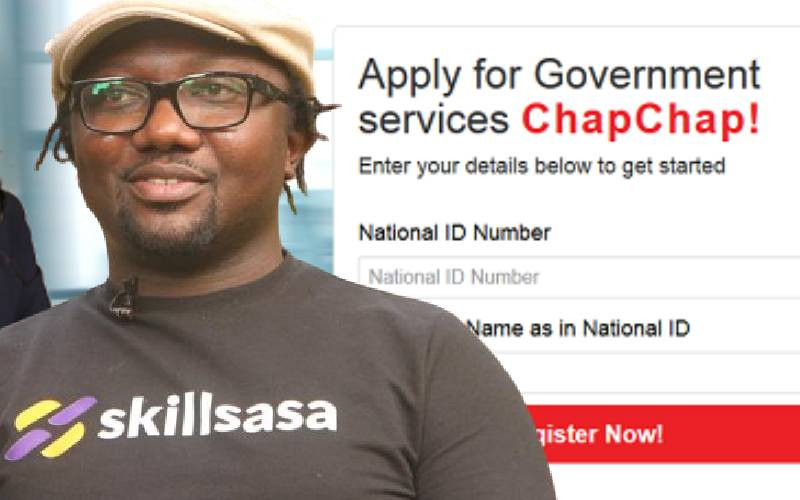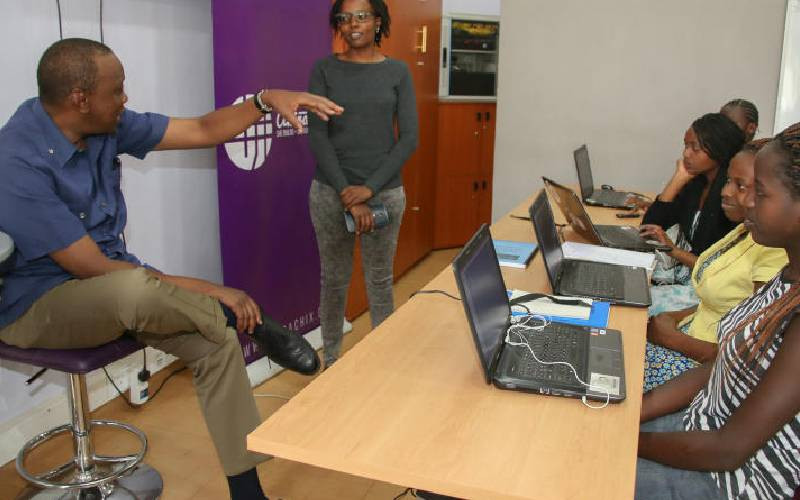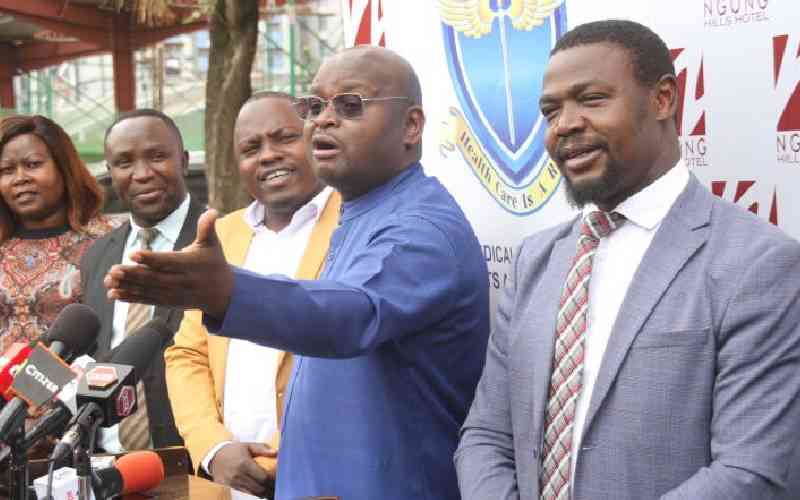
Soon after assuming office in 2013, retired President Uhuru Kenyatta began the push for a digital payment system for government services.
He formed a task force to find a digital payment solution and appointed then Director of Economic Affairs from the Treasury, Justus Nyamunga, to lead the team.
Thereafter, e-Citizen was created as a platform where key government services were placed into one basket. Today, e-Citizen developer James Ayugi, describes how he won the tender and its transformation from e-registry to e-Citizen.
He said during the late President Mwai Kibaki's tenure, he like other software developers, learnt of government's need for an all-digital payment platform and he invented the e-registry.
"Initially, it was called e-registry. At the time there were still many forms on paper. Some payment channels had not been approved to allow online payments hence it was difficult to go fully transactional," he told The Standard.
His dealing with the government was when he invented a construction permit registration in 2021 in Nairobi enabling all construction permits applications be submitted and paid online.
"That gave us experience on dealing with the government,'' he said.
At the time, they only managed 10 government services with e-registry. Soon they were invited by the taskforce to share a digital working system for all government services and unlike other interested applicants, they had exactly what the government wanted and their presentation connected well with the taskforce.
"When President Uhuru Kenyatta said digital payments, there are some guys in government who thought of ATM, card printing among others. They were only focused on the payment side but for me I said even if you guys want payment, the citizen wanted the service. So payments cannot be successful if they are not automated and our proposal was to automate the service and payments,'' Ayugi said.
And in 2014, after working with the World Bank for six years they were awarded the contract and on July 1st 2014, they went live with an upgraded e-registry, calling it e-Citizen.
He said they initially started with Pesapal that was used for collection and management of funds which was registered in August 24, 2017. They had their own single paybill but it was difficult to run government operations under their shared paybill, hence they informed the Treasury the need of a dedicated paybill number.
"For the sake of the pilot phase, we needed a dedicated paybill and that's when 206206 was registered and after that we started doing the process of payment application,'' he said.
The money received through the platform goes to a central account managed by the Treasury and it's pushed to departments that need it.
"There are cheques and balances where the only person that has access to this money is Treasury. It's not accurate to say there are private people taking the money and spending. It has to first move to the ministries, departments and agencies who then remit to the Treasury after doing their own accounting,'' he said.
He added: "Single Treasury account brings transparency and makes it easy to account for money.''
He also dismissed claims that e-Citizen was hacked in July 2023 arguing that despite numerous attempts, hacking the system is a pipe dream.
"Denial of service attack is what happened. There was an attack. We were getting more 80 million requests per second, which was way beyond the capacity we could hold at the time. So what we did was to find out where the requests were coming from and the security agencies blocked the traffic from those areas and firmed up security in the system," he said.
Denial of service attack refers to a malicious attack usually meant to shut down a network making it inaccessible to its intended users.
Further he said although he was the brain behind e-Citizen, it is now fully owned by the government.
"Just like another software company you give a licence to government and they get a customised version that works with their policy and legal laws that exist. We and others are just service providers, supervising the ecosystem,'' Ayugi said.
On the convenient fee on various government services, he said the Treasury consumes it 100 per cent and it was suggested since they wanted a more sustainable proof of concept because of the costs that occasionally pile.
"The convenience fee collected is channelled to the ICT Authority though the Treasury. They are the ones mandated to do the digital work and they have their own way of managing it. They are the ones consuming it as per the Treasury directives,'' he said.
 The Standard Group Plc is a multi-media organization with investments in media platforms spanning newspaper print
operations, television, radio broadcasting, digital and online services. The Standard Group is recognized as a
leading multi-media house in Kenya with a key influence in matters of national and international interest.
The Standard Group Plc is a multi-media organization with investments in media platforms spanning newspaper print
operations, television, radio broadcasting, digital and online services. The Standard Group is recognized as a
leading multi-media house in Kenya with a key influence in matters of national and international interest.











